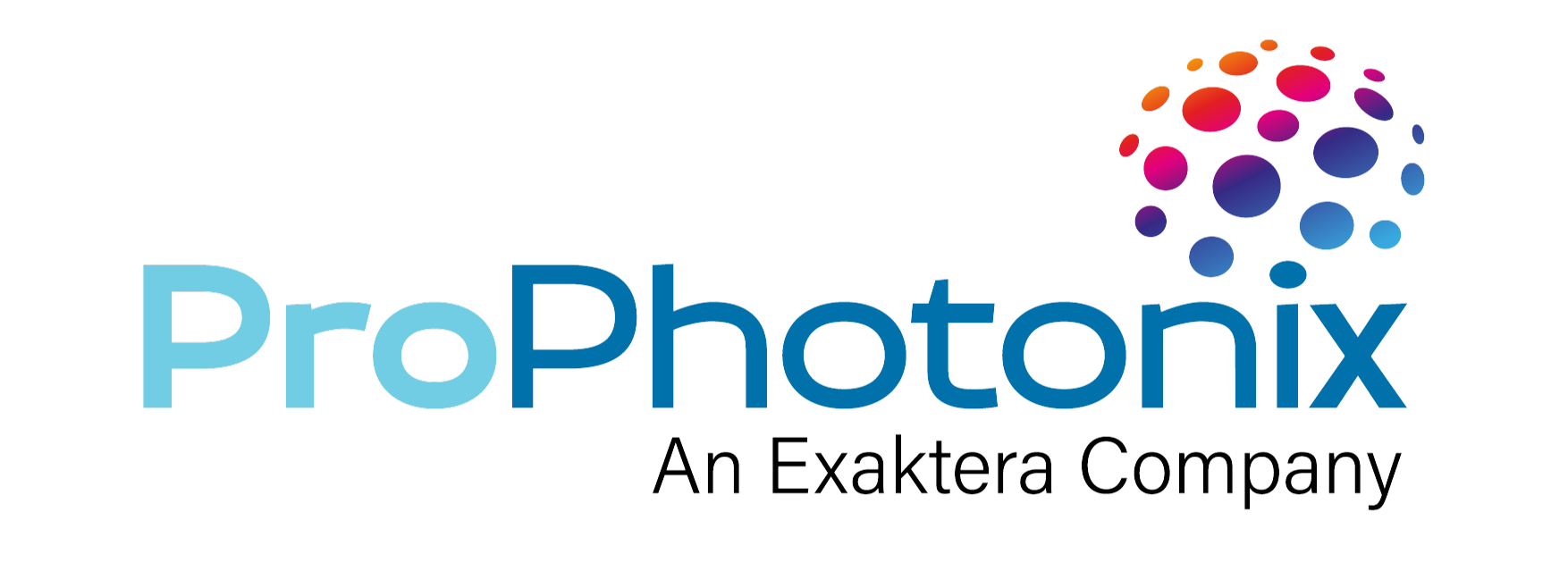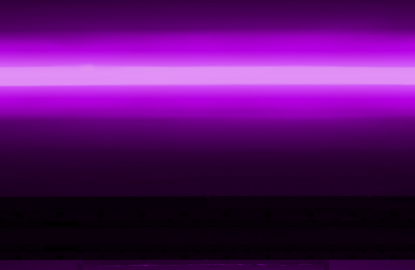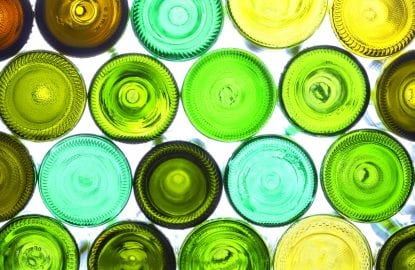In the dynamic landscape of the food industry, technology is revolutionizing the way we produce, process, and ensure the safety of our food. Traditional food safety and quality detection methods had long detection cycles, couldn’t preserve the integrity of food and often resulted in a lot of waste. As food safety incidents posed new challenges, hyperspectral imaging– a non-destructive, advanced optical imaging technology- gained significant traction as a means to ensuring safe, nutritious, and high-quality food products.
In this blog, the second in our series of Hyperspectral vs Multispectral Imaging, we will explore hyperspectral imaging’s potential to address critical challenges in the food industry, with LED illumination aiding quality control, food safety and traceability.
Applications of Hyperspectral Imaging in the Food Industry
The food industry operates on precision, consistency, and quality assurance. Hyperspectral imaging is a sophisticated technology that captures detailed spectral information of an object, pixel by pixel. Unlike traditional imaging that captures color information in just a few bands, hyperspectral imaging (HSI) splits the electromagnetic spectrum into numerous narrow bands, unveiling unique spectral signatures of materials. This capability allows for precise identification and characterization of substances based on their spectral fingerprints. LED technology is largely considered as the most efficient, sustainable and configurable light source for hyperspectral imaging as it not only ensures the efficiency of production processes but also safeguards consumer health and builds trust in the market.

Quality control and inspection
Hyperspectral imaging enables the rapid identification of foreign materials, such as glass, plastic, or metal, that might inadvertently find their way into food products during processing or packaging. By analyzing the spectral characteristics of substances, HSI can be used to detect contaminants like molds, fungus, and other unwanted agents that might compromise food safety. This technique can also assess the freshness and ripeness of fruits, vegetables, and other perishable items by analyzing subtle changes in their spectral profiles. Illumination uniformity is essential for precise control and inspection and chip-on-board LED technology offers exceptional uniformity for leading-edge imaging quality.
Food safety and traceability
Hyperspectral imaging can detect bacterial contamination on food surfaces, helping prevent the spread of foodborne illnesses. Grain crops are easily infected by fungi during growth and storage, leading to yield, nutritional decline and potential health risk. LED illumination offers the flexibility to work over the entire spectral range with a market-leading signal-to-noise ratio across the spectrum. This makes LED lighting an ideal light source to detect bacterial or fungal contamination in early stages.
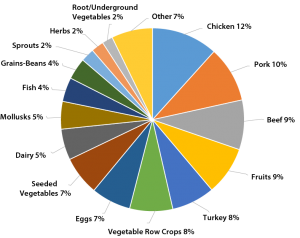
Regulatory compliance is a critical aspect of the food industry. Hyperspectral imaging can assist in ensuring that food products meet the required quality and safety standards. HSI can also aid in tracing the origin of food products, facilitating transparency in the supply chain and assisting in cases of recalls.
Shelf life prediction and optimization
Hyperspectral imaging can help monitor food products through various stages of preparation, processing and packaging before they make it to market shelves, providing insights into optimal storage conditions and shelf-life extension strategies. By identifying spoiled or suboptimal products early, the technique contributes to reducing waste and optimizing the supply chain. As a cool technology, LED based solutions generate less heat which makes them particularly beneficial for heat-sensitive applications with spoilage and waste issues.
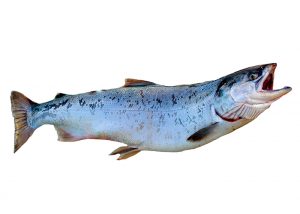
Considerations for Implementing Hyperspectral Imaging in the Food Industry
Implementing hyperspectral imaging requires understanding the specific requirements of the application. Factors like type of illumination, working distance, the object of interest, desired analysis (e.g., water content, chemical composition), camera technology, and lighting conditions must be considered. For example, are you looking to detect the presence of water content or measure its quantity? Determine the appropriate camera technology, lens, and lighting conditions for your use case.
Evaluating return on investment
Adoption of hyperspectral imaging involves costs, from equipment to training. Foodborne illnesses are costly and preventable. It’s essential to evaluate the potential benefits against these costs to determine the technology’s true value. Consider the initial equipment and setup costs, training expenses, and ongoing maintenance. Measure these costs against the benefits of enhanced quality control, reduced waste, and improved process efficiency.
The type of illumination used makes a big difference in the long run, for example, LED lights tend to offer superior lifetime value and extended lifetimes as compared with traditional lighting technologies. Halogen lights offer low cost and flat spectrum, but they are most likely to need replacement every 8,000 hours compared to 50,000 hours of LED lighting which means significant throughput loss in downtime as halogens get replaced. To sum up, LED solutions offer superior lifetime value, extended lifetimes and significantly reduced downtimes and lower overall costs.
Safety and Sustainability
Safety is paramount in the food industry and mercury and halogen lamps pose inherent risks. The World Health Organization considers mercury to be one of the top ten chemicals or groups of chemicals of major health concern as it is highly toxic to humans and our environment. In addition, halogens degrade air quality by promoting surface ozone formation. Furthermore, the glass used in halogen bulbs can prove a hazard while the dangers of broken halogen bulbs contaminating food produce is also an ever-present concern. LED solutions are safer and more environmentally friendly, they do not pose any of these risks.
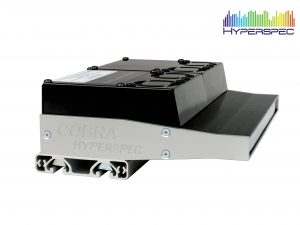
Importance of expert advice to choose the appropriate solution
The complexity of hyperspectral imaging demands expert guidance. Collaborating with knowledgeable professionals helps in selecting the right equipment, optimizing processes, and ensuring successful integration. ProPhotonix experts specialize in hyperspectral technology and their expertise can help you select the right illumination method optimized to your imaging application to address and troubleshoot any potential challenges.
Conclusion
Hyperspectral imaging technology has emerged as a game-changer in the food industry, addressing critical challenges and unlocking new possibilities. From ensuring quality and safety to enhancing traceability and shelf life, LED based hyperspectral imaging empowers the industry to meet evolving consumer demands and regulatory standards.
For expert advice tailored to your specific needs in harnessing hyperspectral imaging for the food industry, contact ProPhotonix. Our experienced team is ready to guide you towards optimized LED solutions that elevate your food production, quality control, and consumer safety practices. Explore further into our offerings encompassing multispectral imaging solutions and hyperspectral imaging solutions. Contact us and receive free professional advice now.
ProPhotonix is a leading designer and manufacturer of Laser Diodes, Laser Modules, UV LED Curing Systems, LED Products, and UVC LED Disinfection Systems. Contact us for free expert advice on selecting the optimal solution for your system.
